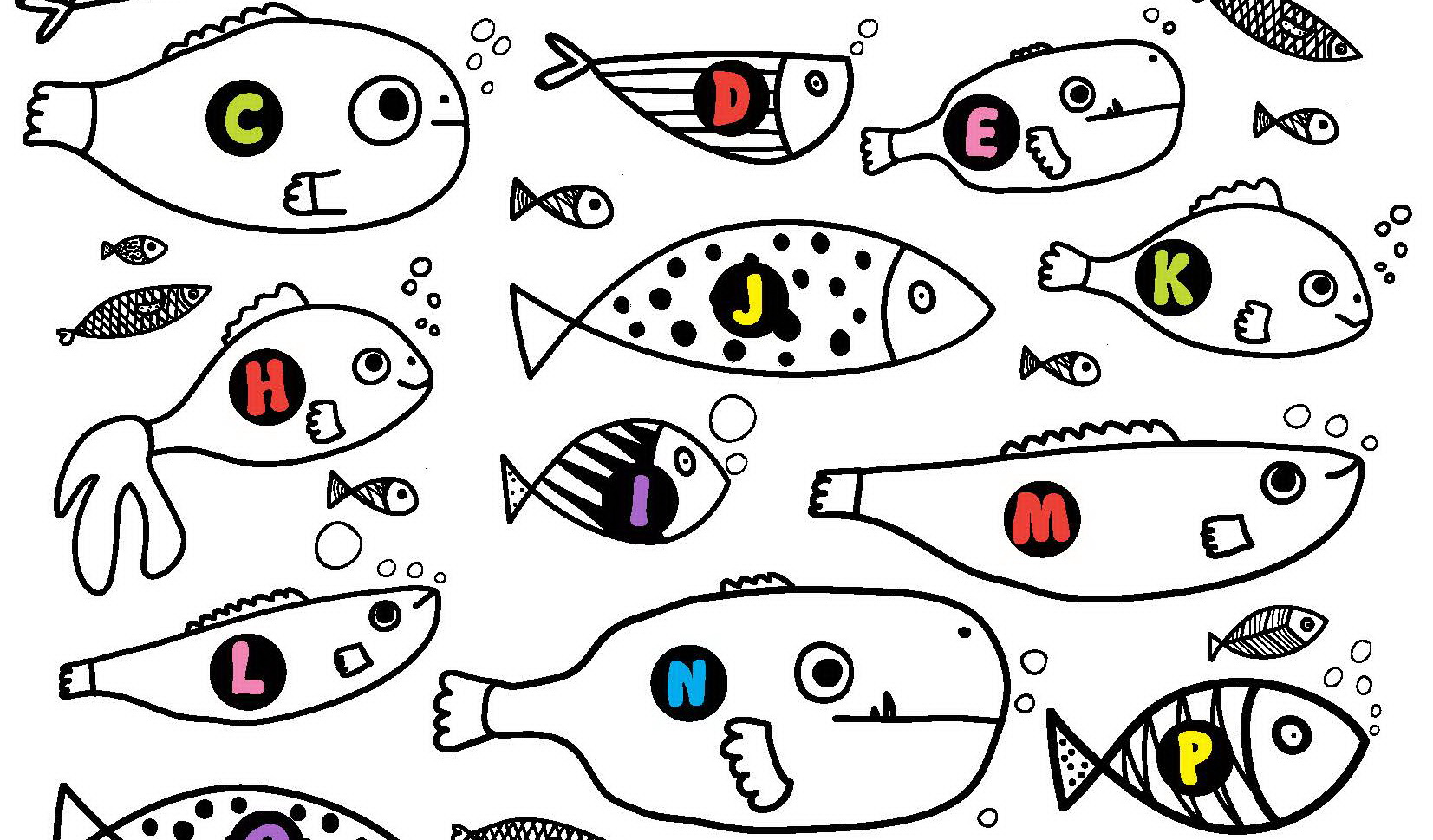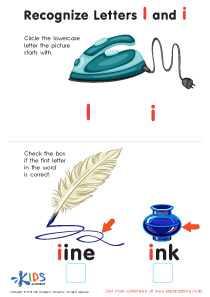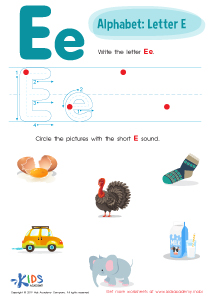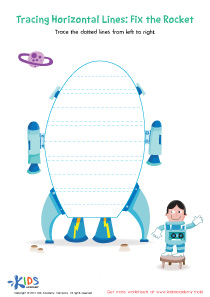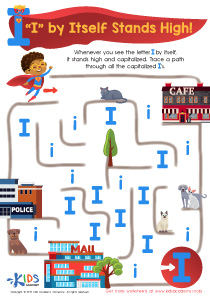Alphabet sequencing Normal Alphabet Worksheets for Ages 6-7
4 filtered results
-
From - To
Welcome to our Alphabet Sequencing Worksheets for Ages 6-7! These engaging resources are perfect for helping young learners master the order of letters in the alphabet. Designed to promote literacy skills, our worksheets encourage critical thinking as students practice arranging letters, recognizing patterns, and forming connections. Each activity is crafted to enhance understanding through delightful illustrations and interactive exercises that captivate young minds. Ideal for use at home or in the classroom, these worksheets foster a solid foundation in reading and writing. Let’s make learning fun while ensuring a strong grasp of the alphabet with our expertly designed resources!
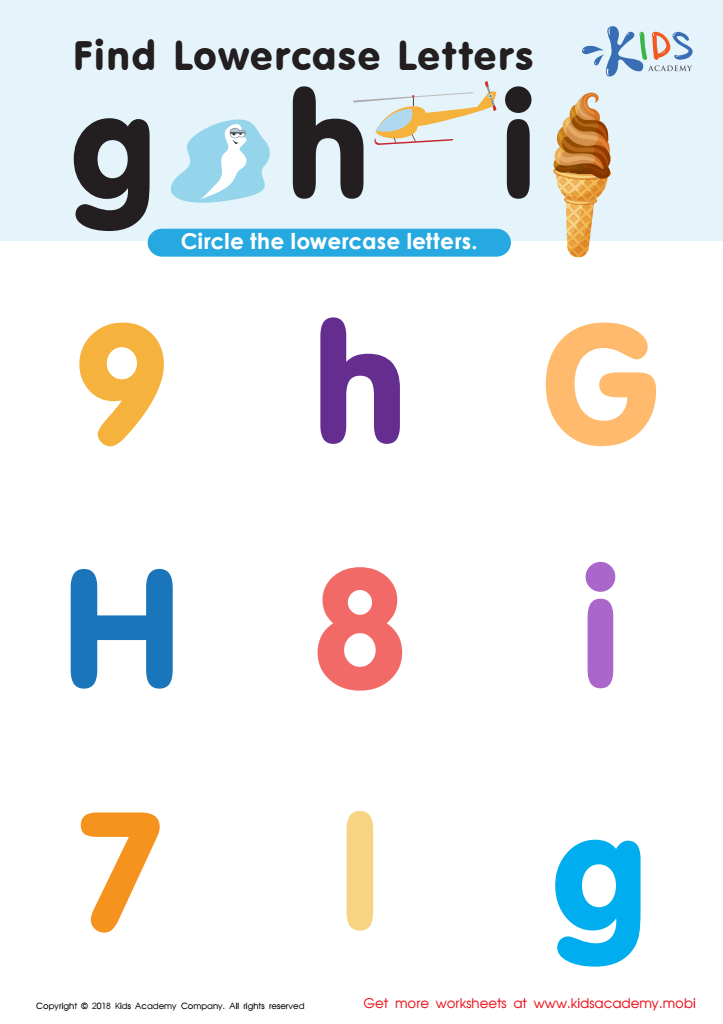

Find Lowercase Letters g h i Worksheet
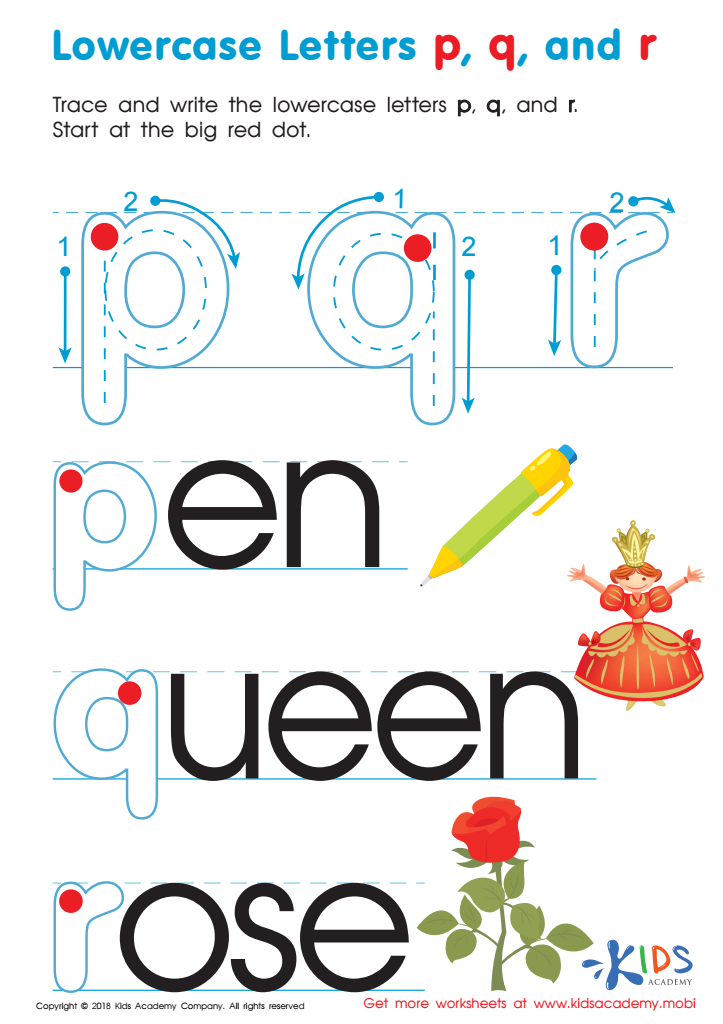

Lowercase Letters p q r Worksheet
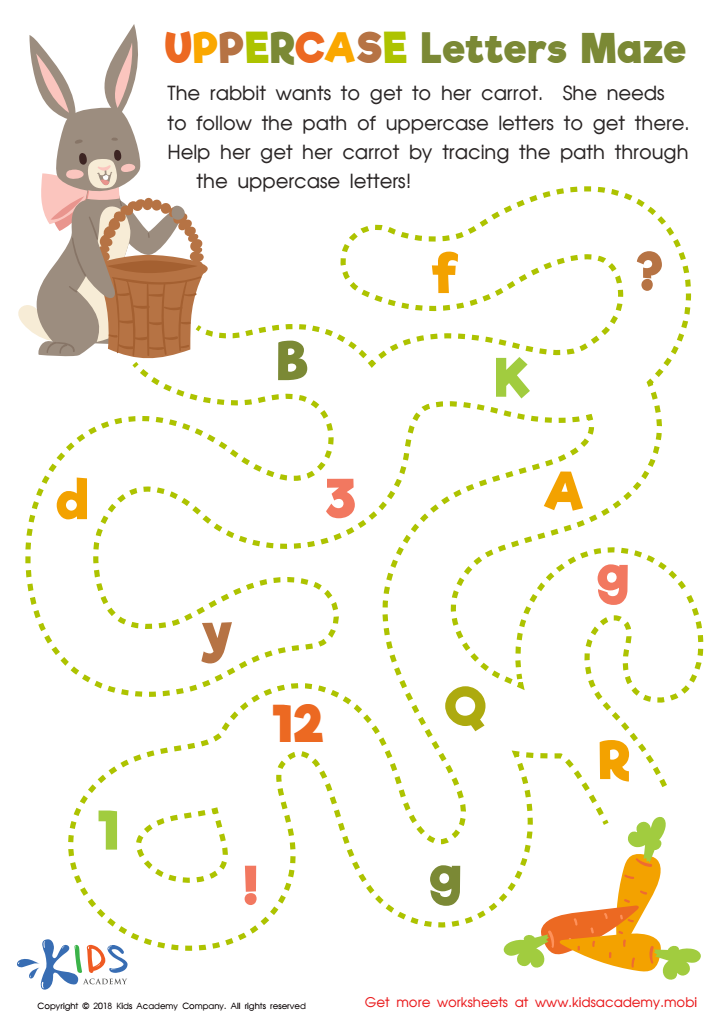

Uppercase Letters Maze Worksheet
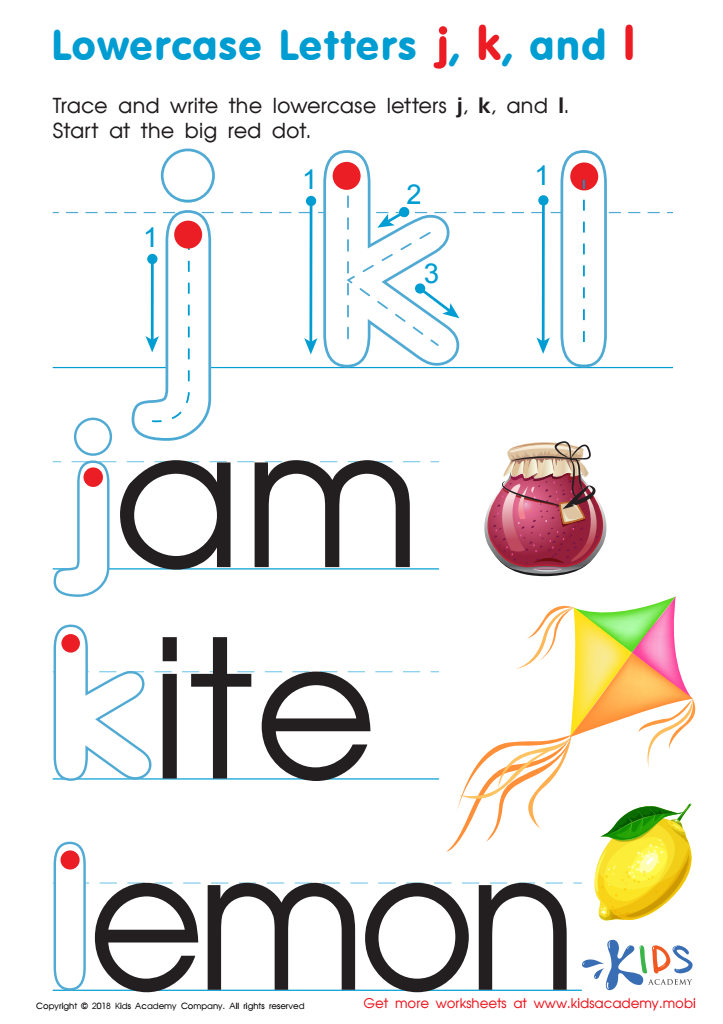

Lowercase Letters j k l Worksheet
Alphabet sequencing is a crucial skill for children aged 6-7, laying a strong foundation for their reading and writing development. During this stage, children are refining their understanding of the alphabet and its order, which plays a significant role in their literacy acquisition.
First, understanding the normal alphabet sequence helps young learners develop phonemic awareness, which is essential for decoding words. This ability to connect sounds with letters fosters effective reading skills, allowing children to tackle new and unfamiliar words independently.
Additionally, mastering the alphabet sequence is tied to organizational skills. When children know the alphabet order, they're better equipped to engage in activities involving alphabetical sorting or filing, aiding their overall learning process.
For teachers and parents, promoting alphabet sequencing goes beyond literacy. It encourages cognitive development and enhances critical thinking skills, as children start to recognize patterns and relationships among letters. This knowledge not only enriches their academic experience but also boosts their confidence and enthusiasm for learning.
Ultimately, nurturing the understanding of alphabet sequencing in young learners equips them with essential tools for future educational success, making it an important focus for both parents and teachers.

 Assign to My Students
Assign to My Students







